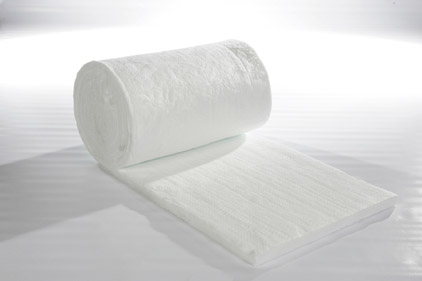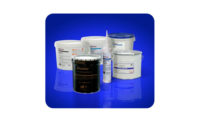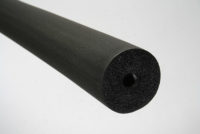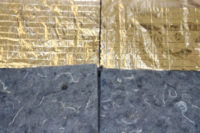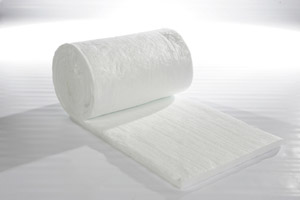 Morgan Thermal Ceramics now offers Superwool® Plus™ high temperature fiber insulation. Ideal for repairing and lining aluminum furnaces, it reduces the frequency of relining operations when compared to the industry standard. Improved insulation efficiency also results in decreased operating costs.
Morgan Thermal Ceramics now offers Superwool® Plus™ high temperature fiber insulation. Ideal for repairing and lining aluminum furnaces, it reduces the frequency of relining operations when compared to the industry standard. Improved insulation efficiency also results in decreased operating costs.
A breakthrough in the company’s advanced manufacturing control has allowed the product to be engineered to maximize the fiber content. As a result, Superwool® Plus™ insulating fiber has up to 20 percent lower thermal conductivity than competitive fiber insulation materials. The maximized fiber content reduces radiant heat transfer and makes Superwool® Plus™ insulation an excellent choice for lining heat-treat furnaces for aluminum and other non-ferrous metals, homogenizing furnaces for aluminum casters, as well as in expansion joints in the brick linings of carbon anode bake furnaces.
As an added benefit, all Superwool® insulating fibers are non-wetting to molten aluminum. This reduces the concerns about metal adherence and penetration into the fibers, which is particularly useful in aluminum smelting and casting operations where molten metal is present.
When used in conjunction with Superwool® Sealcoat™ HT coating, Superwool® Plus™ fiber seals expansion joints and prevents carbon infiltration. The combination retains the expansion joint seal for three to five furnace cycles, in comparison with a standard fiber blanket that must be reapplied every cycle. Since relining the furnace is a labor and time-intensive operation, reducing the number of times expansion joints must be refilled decreases labor time and costs. In addition, the use of low biopersistent Superwool® materials and the reduction in relining operations adds a health and safety benefit due to the challenging working conditions associated with expansion joint relining.
In addition to Superwool® Plus™ insulating fiber, vacuum boards made of Superwool® 607® and Superwool® 607® HT™ are widely used in aluminum melting furnaces as backup, particularly in the hearth area. The material’s compressibility and resilience does not deform steel nor cause cracks in the lower hearth portion of the furnace.
